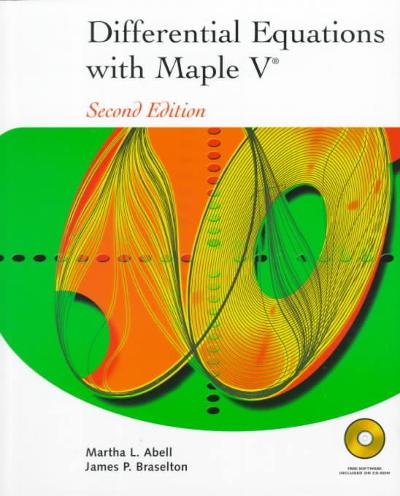Question
Part I. Study Methods and Basic Statistics Background We are going to keep investigating relationships between number of bouts of physical activity per week and
Part I. Study Methods and Basic Statistics
Background
We are going to keep investigating relationships between number of bouts of physical activity per week and activity-related energy expenditure in young adults. With our pilot data (below), we are going to determine whether there is a correlation between physical activity bouts per week and activity energy expenditure.
Please help complete the following questions?
Subject ID Physical Activity (PA). 5 or More Bouts per Week. PA Energy Expenditure
1 6 yes 1310
2 5 yes 3058
3 7 yes 5676
4 3 no 1378
5 5 yes 3837
6 2 no 1658
7 0 no 1417.5
8 4 no 1998
9 6 yes 4433
10 6 yes 9750
11 5 yes 3932
12 5 yes 2020
13 3 no 4324
14 7 yes 6375
15 7 yes 10976
16 7 yes 9632
17 4 no 926
18 7 yes 7168
19 5 yes 2182
20 3 no 3299
21 4 no 2566
22 3 no 1826
23 5 yes 2168
24 5 yes 1904
25 7 yes 7336
26 4 no 984
27 4 no 928
28 7 yes 3774
29 4 no 2108
30 4 no 2500
Assume that the distribution of the dependent variable 'kcals per week' is reasonably normal and other parametric assumptions are reasonably met. Translation - you are OK to do parametric tests. Below, is a scatter plot of our data (n=30): kcals/week by bouts/week
If you are so inclined, feel free to calculate the correlation between bouts of physical activity and age using the formula below (read the rest of the question before you do that)
If you would rather just interpret the results, take my word that the Pearson's correlation is:
r = 0.67
Now, we are going to use this relationship in a regression model and practice interpreting the results. Regression uses the line of best fit - which minimizes the distance between the line and all data points) to estimate a linear slope. This type of regression (linear regression) is parametric, so those assumptions must be met including a linear relationship between variables and normal distribution of variables. Below is the scatterplot of Bouts vs. Energy Expenditure with the line of best fit already computed. Check your line before and see how you did.
e.From this scatterplot, estimate the slope. Slope is calculated as rise over run - that is (change in Y/change in X) in case you haven't had to calculate the slope since 5th grade. Chose two points on the line of best fit (not necessarily observed data points), write down the X and Y coordinates for the two points you chose, and calculate slope from the line below.
X Y
Point 1
Point 2
Slope = (Y1-Y2)/(X1-X2)
Slope =
f.Interpret the slope you just calculated in terms of the expected difference in energy expenditure as bouts of exercise per week changes?
g.Now, we are going to use our scatterplot and line of best fit to estimate the intercept of the line. That is, what value of 'y' corresponds to x=0. Another way of saying this: from our line of best fit, how many activity-related kcals/week would we expect someone with 0 bouts of activity/week to expend? Below, is the same scatterplot as above.
Intercept = ?
You have now calculated the regression coefficients for the relationship between bouts of exercise per week and activity-related energy expenditure in this dataset. I know you are thinking, 'this can't be true' - but it is. Please help calculate the regression equation below using the numbers from e and g. The generic equation is given below as a guide.
Y = o + 1(X1)
The actual regression equation calculated by a computer is as follows:
Energy Expenditure (kcals/week) = -1480 + 1802 (number of bouts/week)
i.First, is this similar to the regression equation you calculated above?
j.Now, let's talk about interpreting and using this equation. First, describe what each of these values means:
-1480:
1082:
Step by Step Solution
There are 3 Steps involved in it
Step: 1

Get Instant Access to Expert-Tailored Solutions
See step-by-step solutions with expert insights and AI powered tools for academic success
Step: 2

Step: 3

Ace Your Homework with AI
Get the answers you need in no time with our AI-driven, step-by-step assistance
Get Started


